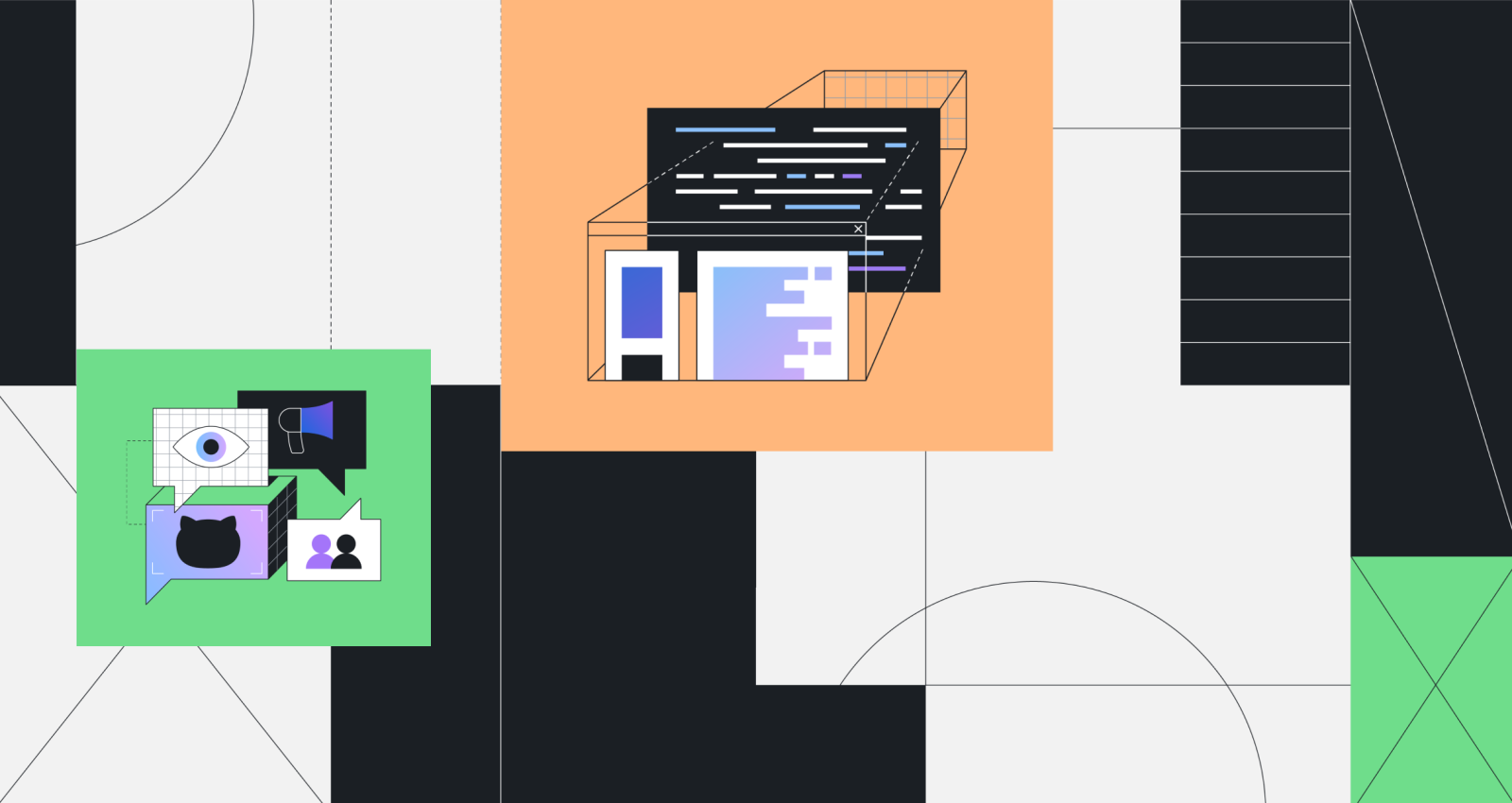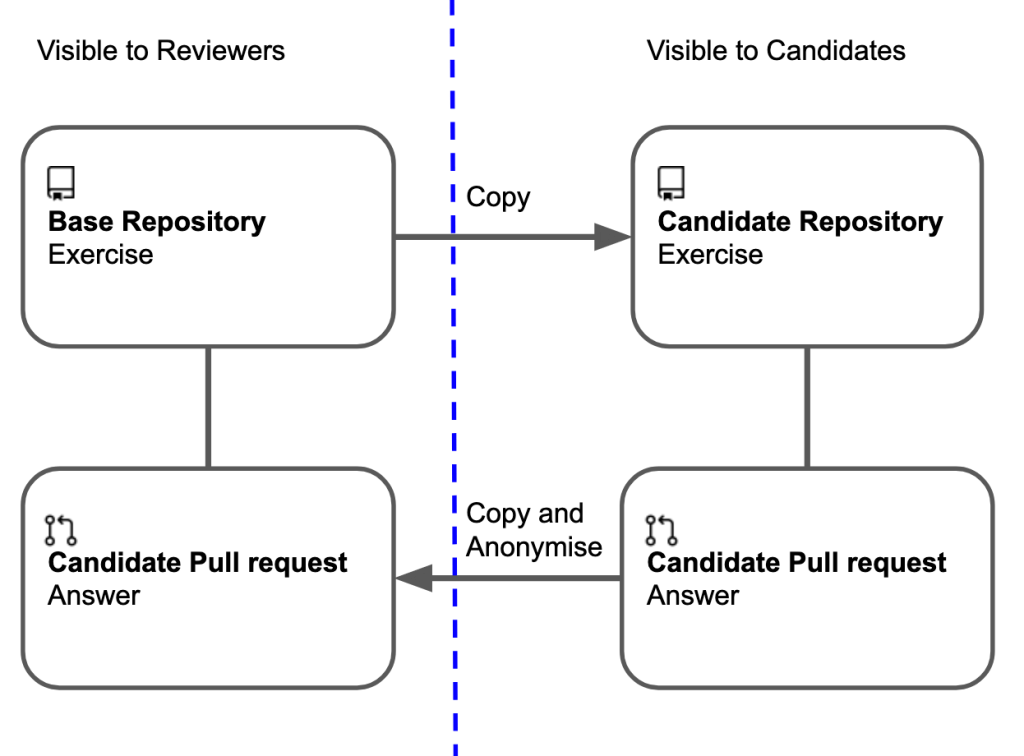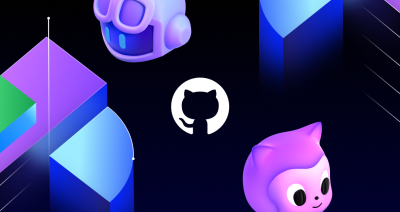Inspired to work at GitHub?
We’d love for you to join us! Check out our Careers page
to see all of our current job openings.
How GitHub does take home technical interviews
We believe our technical interviews should be as similar as possible to the way we work at GitHub.

There are many ways to evaluate an engineering candidate’s skills. One way is to ask them to solve a problem or write some code. We have been striving for a while to make this experience better at GitHub. This blog post talks about how candidates at GitHub do the “take home” portion of their interview—a technical challenge done independently—and how we improved on that process.
We believe the technical interview should be as similar as possible to the way we work at GitHub. That means:
- Writing code on GitHub and submitting a pull request.
- Using your preferred editor, operating system, and tools.
- Using the internet for documentation and help.
- Respecting time limits.
In order to make this process seamless for candidates, we automate with a GitHub app called Interview-bot. This app uses the GitHub API and existing GitHub features.
First, candidates get to choose the programming language they’ll use to take the interview. They’ll get an email asking them to take the interview at their convenience by signing into Interview-bot.
Each interview is aimed at being similar to the day-to-day problems that we solve at GitHub. These aren’t problems to trick or test obscure knowledge. Interviews come with a clear set of instructions and a time limit. We place this time limit because we respect your time and want to ensure that we don’t bias toward candidates who have more time to invest in the solution.
The exercise is contained in a repository in a separate organization on GitHub. When the candidate signs in, we make a new repository, grab a copy of the exercise and copy the files, issues, and pull requests into the repository. This is done as a copy and not a fork or clone because we can alter the files in the process to fix things up. It also allows us to remove any Git history that might hide embarrassing clues on how to complete the exercise. 😉

The candidate is given access to the repository, and a timer starts. They can now clone the exercise to their local machine, or use GitHub Codespaces. They are able to use whatever editor, tooling, and operating system they want. Again, we hope to make this as close as possible to how the candidate will be working in a day to day environment at GitHub.
When the candidate is satisfied with their pull request, they can submit it for review. The application will listen for the pull request via webhooks and will confirm that the pull request has been submitted.

At this point, we anonymize the pull request and copy it back to the base repository.

The pull request contains the code changes and comments from the candidate. To further reduce bias, the system anonymizes the submission (as best as it can) by removing the title. The Git commits and pull request will display Interview-bot as the author. To the reviewer, the pull request comes from Interview-bot and not the candidate.

The pull request includes automated tests and a rubric so that interviewers know how to mark it and each submission is evaluated objectively and consistently. The tests run through GitHub Actions and provide a base level for the reviewer.
For each language, we’ve got teams of engineers who review the exercise. Using GitHub’s code review team feature, an engineer at GitHub is assigned to review the code. To mark the code, we provide a clear scorecard on the pull request as a comment. This clear set of marking criteria helps limit any personal bias the interviewer might have. They’ll mark the review based on given technical criteria and apply an “Approve” or “Request changes” status to give the candidate a pass or fail, respectively.
Finally, Interview-bot tracks for changes on the pull request review and then informs the assigned staff member so they can follow up with the candidate, who hopefully moves on to the next stage of the GitHub interview process. At the start of the interview process, Interview-bot associates each candidate with an issue in an internal repository. This means that staff can track candidates and their progress all within GitHub.

Using the existing GitHub APIs and tooling, we created an interview process that mirrors as closely as possible how you’ll work at GitHub, focused on reducing bias and improving the candidate’s experience.
If you’re interested in applying at GitHub, please check out our careers page!
Tags:
Written by
Related posts

Why developer expertise matters more than ever in the age of AI
AI can help you code faster, but knowing why the code works—and sharpening your human-in-the-loop skills—is what makes you a great developer.

How to create issues and pull requests in record time on GitHub
Learn how to spin up a GitHub Issue, hand it to Copilot, and get a draft pull request in the same workflow you already know.

The difference between coding agent and agent mode in GitHub Copilot
We’ll decode these two tools—and show you how to use them both to work more efficiently.